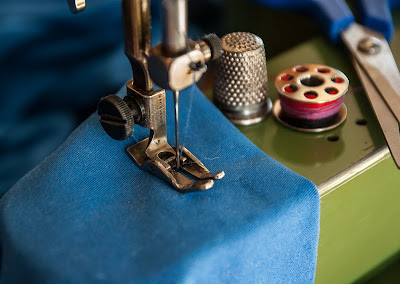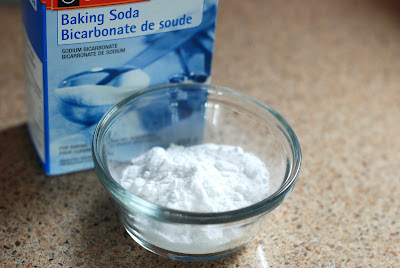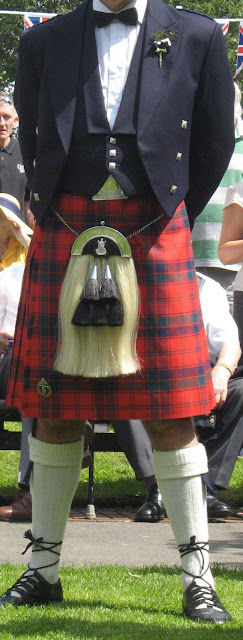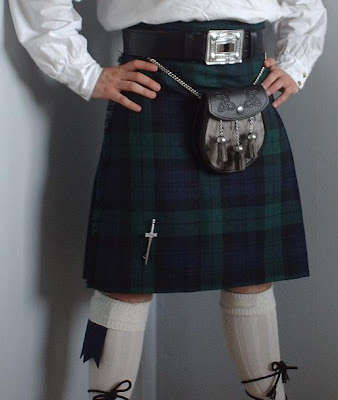It always happens! A pair of pants fits perfectly, and no other pair measures up. The pants are then worn over and over until they start to wear out. It's almost impossible to find a pair that fits as well, so you're forced to settle with the next best pair.
There is another option. No one has to settle for uncomfortable pants, because the old, worn-out pair can be used as a pattern to make another perfect-fitting pair of pants. This is similar to making a knock-off, because the new pants will be copies that retain the basic design of the old pants.
- Sharp scissors
- Tailor's chalk
- Straight pins
- Pattern paper
- Ruler or French Curve
- Pen
How Do You Make the Pattern?
- Cut directly beside the side seams, inner leg seams, and the crotch seam. These pieces of fabric form the basic shape of your pattern. This saves a lot of guesswork when making the new pants, because the pockets and additions, like belt loops, are already perfectly positioned. Notes can be added with the tailor's chalk as needed.
- Pin the fabric pieces to the pattern paper. This needs to be done because the seam allowances have not been added yet.
- Measure 5/8 inch all of the way around each piece of fabric, and make several small marks.
- Fill in the lines between the marks by lining up the ruler, and draw the lines with the pen.
- Remove the pins from the fabric, and mark the corners of pockets on the pattern paper.
This creates a pattern that is an almost exact duplicate of the great-fitting pants.
What Do You Need to Make a Pattern from an Old Pair of Pants?








